looking back Best Panoramic View of Teesta from Munsong!
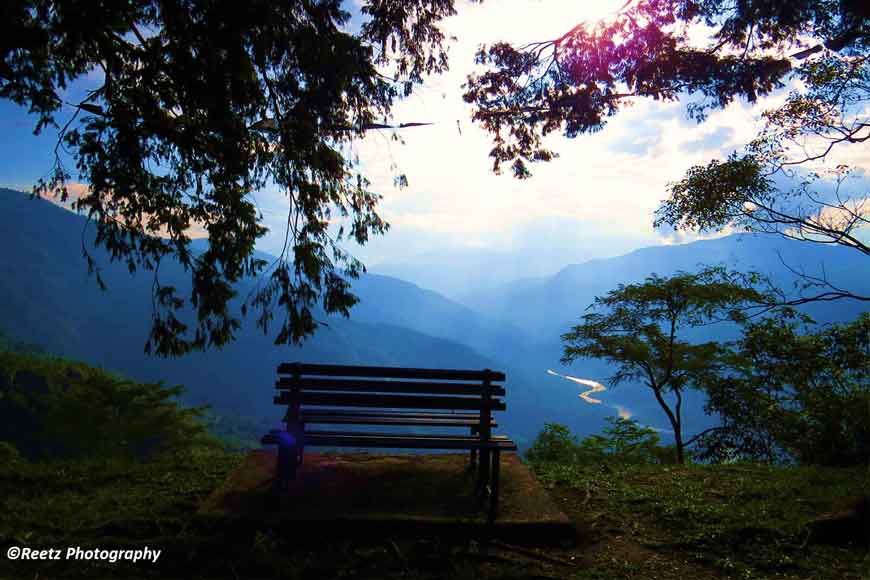
Soon after crossing Algarah Bazaar, just one sharp hilly bend and we were suddenly in the middle of a thick canopy of cedar and pine wood. Landscape changes so fast here. This was the Munsong Forest. There are no luxury hotels in Munsong, but it offers an array of Bhutia homestays to the handful of tourists who land on this little paradise. We had booked at one such homestay in the village of Ramdhura. The picturesque view of the mountains, tea gardens and Pine Dhupi from our balcony was irresistible. The open terrace was gorgeously decorated with colourful Himalayan flower-pots. In addition to the natural elegance, there was a very thrilling destination within a couple of kilometres of our stay. It was a vintage British bungalow whose original name is not known.The place around the bungalow was rich in flora and fauna, especially Himalayan medicinal plants like Cinchona. In those days, malaria had taken the shape of an epidemic and hence its remedial supply was extremely crucial. It is said that Sir Ronald Ross had also been here during his research on quinine treatment for malaria.
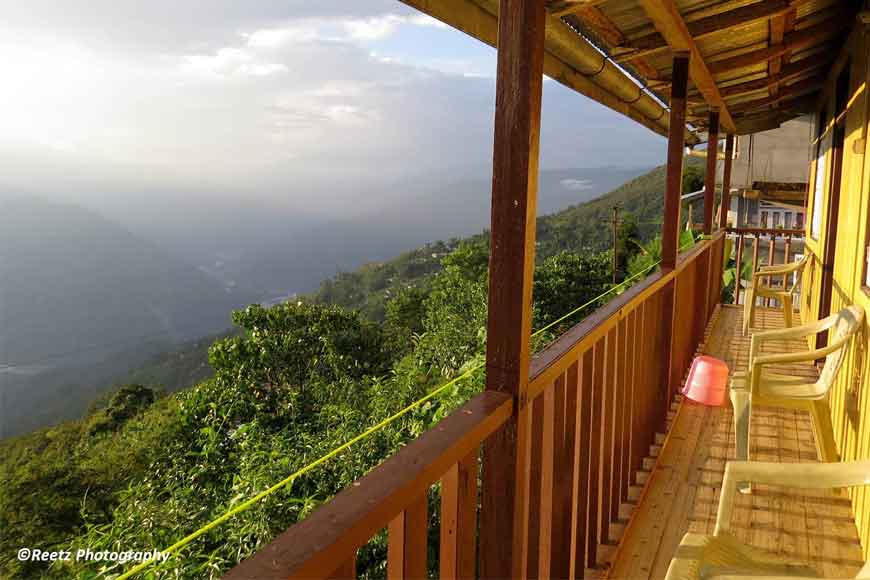
During 1901, the Munsong Cinchona Plantation was established for commercial cultivation of the plant. Few years before the outbreak of World War II, in 1930, a lavish British bungalow was built within the plantation campus for the Director’s stay. When the British deserted the bungalow after India’s independence, it was taken over by West Bengal Government. Even after the handover, it continued to be the Cinchona Plantation Manager’s family quarters; but ever since a series of spooky incidents took place around the cottage, it started being professed as a haunted shelter by the local people.
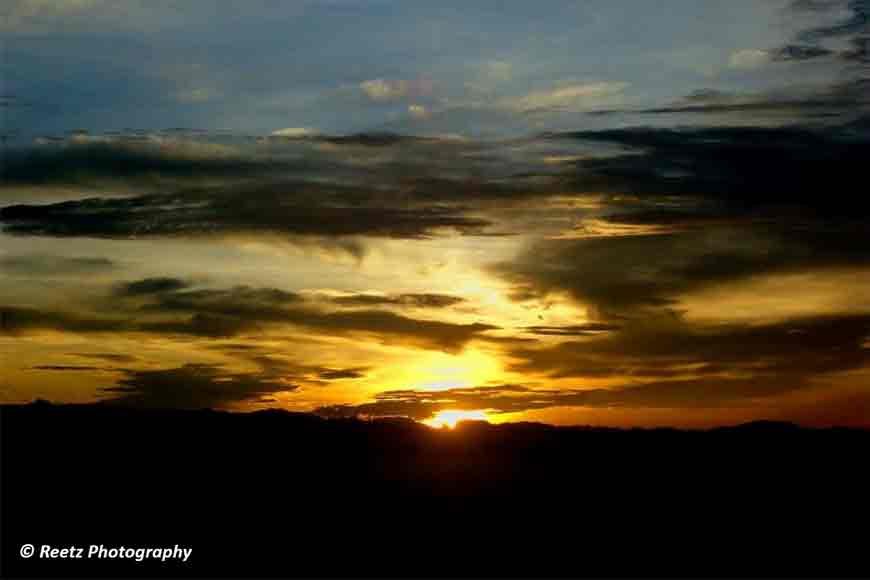
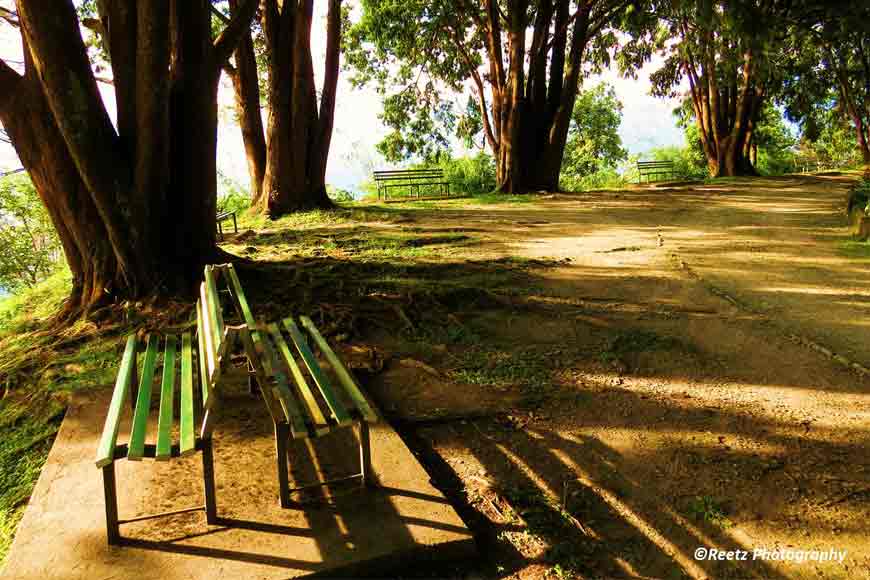
A few gardeners from the quinine factory maintain the adjoining garden and trees, couple of housekeeping staff take care of visitors and plantation workers who frequent the place. However, nobody prefers to be there after sunset, neither anyone dares to stay at night. The jungle trail was not only thrilling but also adventurous, as the area is also home to leopard, bear, venomous snakes and leeches. Multiple layers of clothing, a packet of salt, strong wooden clubs and a windcheater are a must, if you are on a trek in this area. After about an hour’s hike, we reached the entrance to Munsong Cinchona Plantation. The mesmerizing beauty of the surroundings soothed our fatigue. On our left was the gurgling of the mighty Teesta, while on the other end were sounds of whistling cedars and a corroded shoulder high half-open grill gate in front – beckoning us inside. Chills ran down our spine as we gently pushed the gate to step inside.
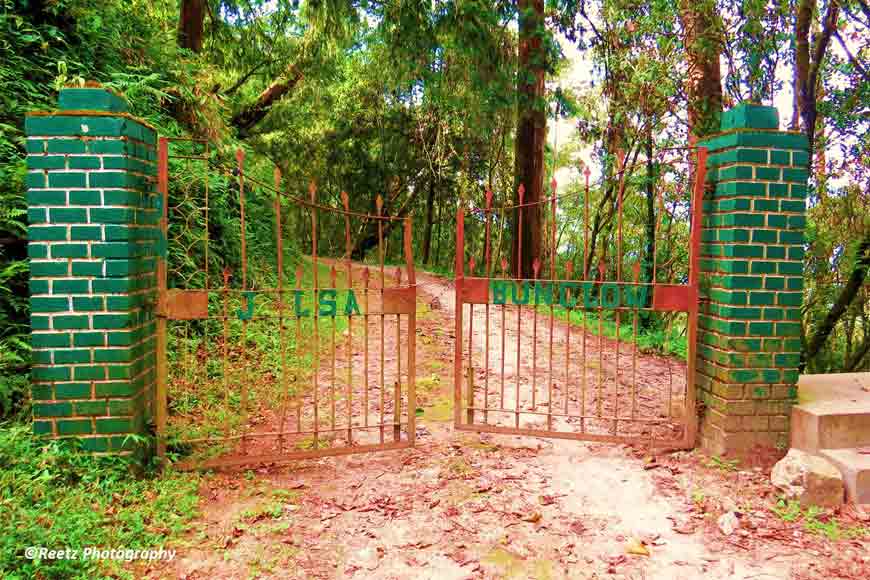
The hissing sound of the heavy cold air amidst the cedars created a mystic environment. After walking for another half kilometre inside the Munsong plantation area, there was a steep bend and the bungalow was right in front of us. It was such a beauty. Every bit of it was steeped in grandeur of the past. The remarkable woodworks, which could pass the test of time still looked impressive. As expected, the main door was locked from outside. We took a stroll around the premises, clicked a few photographs and enjoyed our proximity with the unspoilt nature sitting lazily at one of the many rusted seats. The outside temperature was dropping sharply, creating a mist of our breaths on the glasses. It was already twilight time. We did not go back towards the bungalow again.
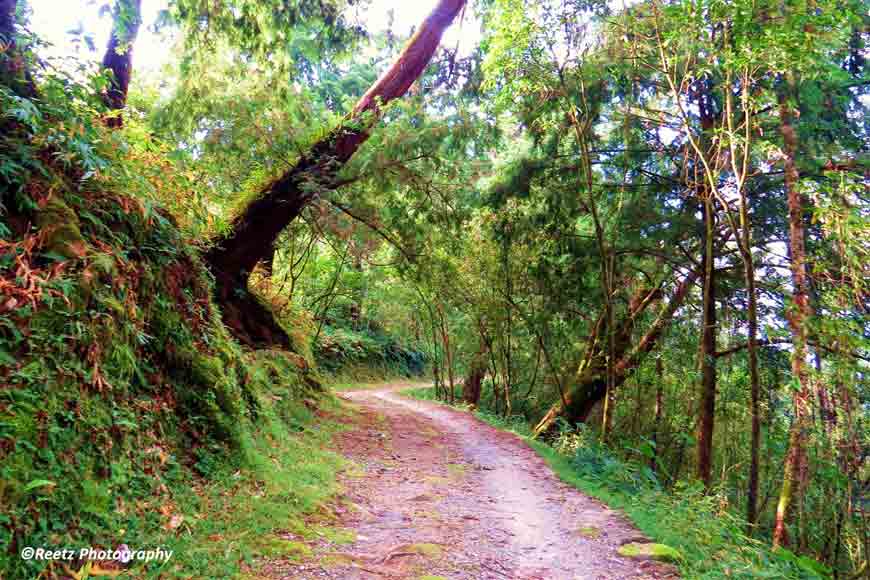
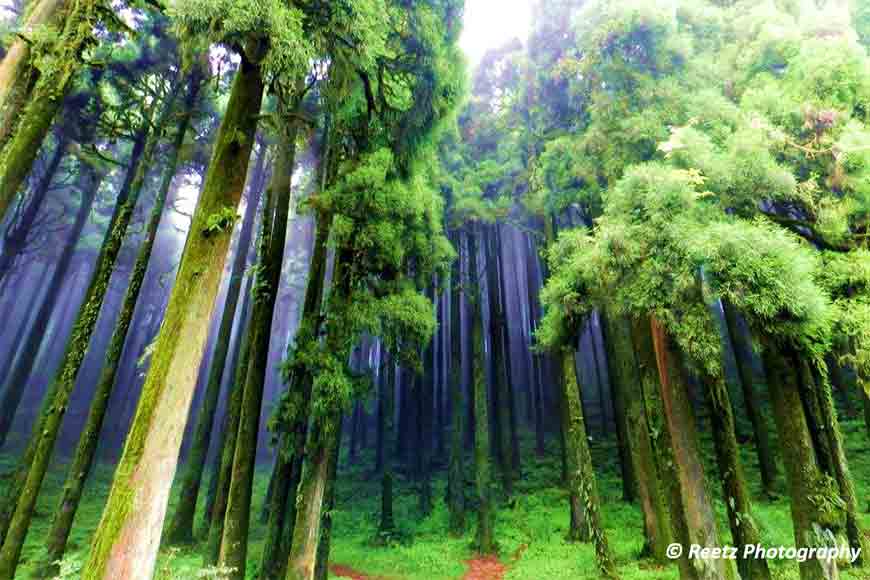
At one side of the garden, there was an old wooden lounge overlooking the Teesta River, which perhaps served as a panoramic viewpoint in those days. Lack of maintenance makes it look tarnished today. Nevertheless, the grand view of twelve turns of Teesta, longest as they say, with the setting sun behind the blue mountains was a treat to our eyes. Taking a stroll around the complex, we did not wait further. The trail back to our homestay was through the same dense pine forest and leopard sighting was quite common after sunset. Even so, no harm in saying, to get the widest bird’s eye view of the meandering Teesta River, a vintage British bungalow, Cinchona trees, dense Pine Dhupi along with Mt. Kanchenjunga in one frame, one must be at Munsong.

HOW TO REACH
Munsong is just 95 kilometres from New Jalpaiguri station, it is situated at an altitude of 6,000 feet above sea level. Take any car from the station to Munsong.









